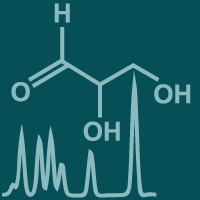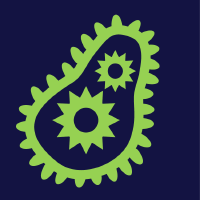Topic Editors



Bioinformatics, Machine Learning and Risk Assessment in Food Industry
Topic Information
Dear Colleagues,
Bioinformatics, machine learning, and risk assessment play vital roles in the food industry by combining scientific knowledge with computational techniques to enhance food safety and quality. Bioinformatics, the science of collecting, analyzing, and interpreting biological data, combined with machine learning techniques, has enabled researchers and industry professionals to extract valuable insights from vast amounts of genetic, molecular, and sensory data associated with food.
By integrating bioinformatics and machine learning, the food industry can develop sophisticated risk assessment models that enable real-time monitoring of food safety parameters. This integration allows for proactive risk management strategies, reducing the potential for foodborne outbreaks and enhancing consumer trust. Moreover, it facilitates the rapid response to emerging risks, ensuring the safety and quality of food products from farm to fork.
This interdisciplinary field of bioinformatics machine learning and risk assessment in the food industry encompasses diverse applications. It involves the use of computational methods to analyze and predict the functionality and properties of food ingredients, develop personalized nutrition plans, optimize agricultural practices, detect and prevent foodborne illnesses, and improve food safety regulations. By leveraging machine learning algorithms, researchers can identify patterns, correlations, and predictive models that enhance decision-making processes and drive innovation in the food sector.
Dr. Bing Niu
Dr. Suren Rao Sooranna
Dr. Pufeng Du
Topic Editors
Keywords
- machine learning
- risk assessment
- food industry
- food safety
- quality control
- pathogens
- allergens
- contamination
- proactive measures
Participating Journals
| Journal Name | Impact Factor | CiteScore | Launched Year | First Decision (median) | APC | |
|---|---|---|---|---|---|---|

Biomolecules
|
5.5 | 8.3 | 2011 | 16.9 Days | CHF 2700 | Submit |

Foods
|
5.2 | 5.8 | 2012 | 13.1 Days | CHF 2900 | Submit |

Metabolites
|
4.1 | 5.3 | 2011 | 13.2 Days | CHF 2700 | Submit |

Microorganisms
|
4.5 | 6.4 | 2013 | 15.1 Days | CHF 2700 | Submit |

Pathogens
|
3.7 | 5.1 | 2012 | 16.4 Days | CHF 2700 | Submit |

Bacteria
|
- | - | 2022 | 15.0 days * | CHF 1000 | Submit |
* Median value for all MDPI journals in the second half of 2023.

MDPI Topics is cooperating with Preprints.org and has built a direct connection between MDPI journals and Preprints.org. Authors are encouraged to enjoy the benefits by posting a preprint at Preprints.org prior to publication:
- Immediately share your ideas ahead of publication and establish your research priority;
- Protect your idea from being stolen with this time-stamped preprint article;
- Enhance the exposure and impact of your research;
- Receive feedback from your peers in advance;
- Have it indexed in Web of Science (Preprint Citation Index), Google Scholar, Crossref, SHARE, PrePubMed, Scilit and Europe PMC.

